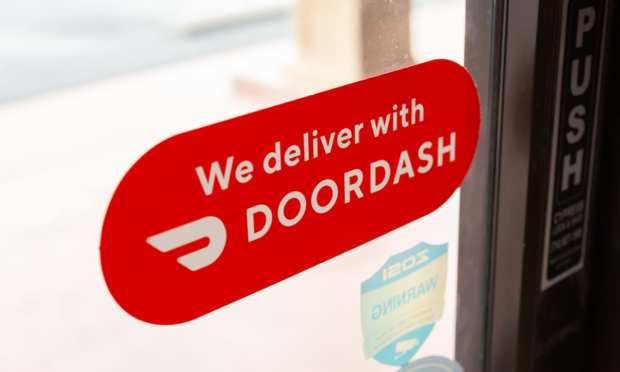National Restaurant Association Framework Aims To Close Gap Between Restaurants And Aggregators

Amid the commission caps, and amid the pandemic’s tailwind that has spurred a great digital shift toward food delivery through online channels – might eateries and aggregators be partnering to navigate a post-COVID future?
With data sharing, to boot.
To that end, as reported on Wednesday (Dec. 16), the National Restaurant Association offered up seven public policy tenets that – in collaboration with delivery aggregators – are being billed as a “framework” for the delivery industry.
As PYMNTS reported in this space earlier in the month, the aggregators have faced challenges from several states and cities that have instituted caps on the fees that can be charged to restaurants. That roster includes Washington State, New Jersey, Chicago and New York City. In most cases, those commissions charged by companies like Grubhub, Uber Eats and DoorDash have been reduced to 15 percent from a 30 percent threshold.
Among the public policy principles (officially, the Public Policy Principles for Third-Party Delivery) offered by the Association and the platforms that are germane to payments:
Restaurants “deserve transparency” on fees (including commissions, delivery fees and promotional fees) charged by third-party delivery companies; third-party delivery contracts “need contractual transparency and issues” surrounding fees, costs, terms, policies and marketing practices; and sales tax collection responsibility must be “clear in terms of which party is collecting and remitting the specific sales tax to the appropriate authority.”
In addition, according to the principles, “third-party delivery companies should offer restaurants access to anonymized information regarding orders from their restaurants that originate on third-party platforms.”
The principles debut at a time when, according to the Association, 70 percent of adults surveyed said they had ordered delivery from a restaurant. According to those queries, data also show that 40 percent of adults had used a third-party delivery company when they ordered.
And in further evidence of the continued popularity of online ordering – and what that anonymized data can do to help drive sales – PYMNTS research, in collaboration with Paytronix, found that many restaurants have embraced digital ordering and an increasing number of consumers are turning to digital apps. (A PYMNTS ranking of aggregator apps over the summer found that the aggregators had the top spots – with DoorDash, Uber Eats and Grubhub in the top three).
To get a sense of what customers want from their digital experiences, we found that 86 million restaurant customers (43 percent) across the U.S. now use eateries’ loyalty and rewards programs. The Delivering on Restaurant Rewards report found that 38.6 percent of all restaurant customers have said they would be likely to spend more on food orders if they were offered rewards programs.
The study found that 76.7 percent of all restaurant customers would like to engage with rewards programs via app, while 63.1 percent would like to have rewards sent to their phones.
The ability to order food online and the ability to pay for it digitally came in a close second and third, cited by 38.5 percent and 37.6 percent of restaurant customers – which hints at the synergistic benefits that can be achieved through a closer relationship between aggregators and eateries.
